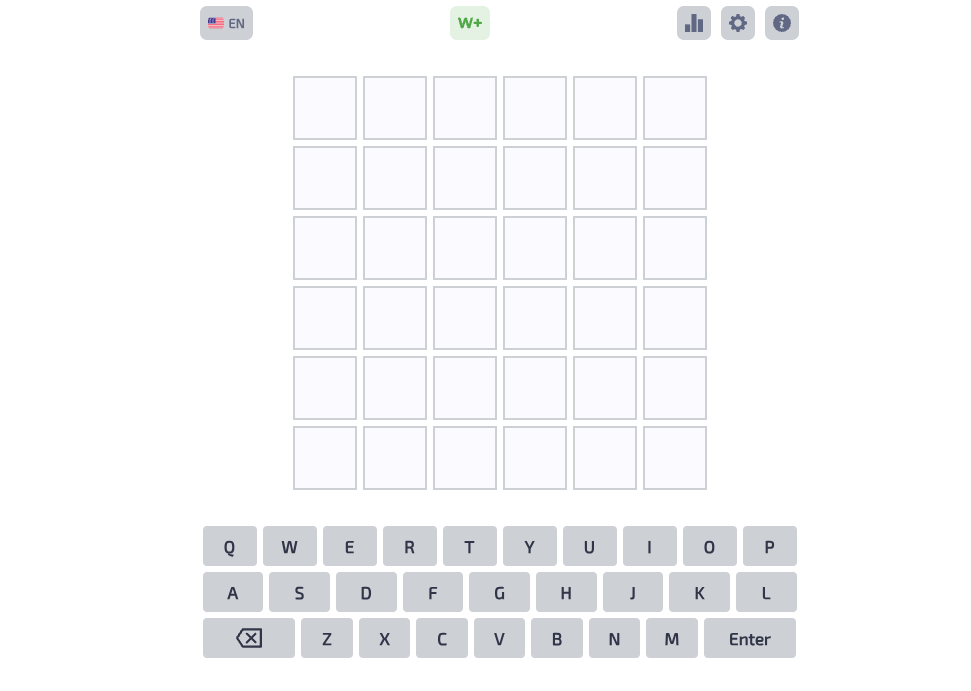Keep Harvey Stable—Even When the Ledger Watches
Keep exploring
Keep the momentum going with more arena racers, action trials, and puzzle standouts.

Royaledle

Untime

Hollow Knight

Cat and Granny

Sort the Court!

Underwheels

Take Care of Your Own Burning Spice

Fireboy and Watergirl: Crystal Temple

Wordle 2

Those Nights At Fredbears
Supervise a Life Reduced to Checklists
Maintain order while the system takes notes
BLOODMONEY2 places you inside a clinical program that observes everything Harvey does and everything you decide. Where the first tale chased cash at any cost, BLOODMONEY2—also known as the Human Expenditure Program—shrinks the frame to daily care, tight schedules, and unnerving scorekeeping. You feed, wash, calm, and rest a man under institutional custody while a silent bureaucracy weighs compassion against compliance. Every routine feels ordinary, yet every click echoes through a private ledger. The unsettling trick of BLOODMONEY2 is how familiar actions become moral puzzles once someone unseen begins to grade them.
Micro tasks, macro consequences
In BLOODMONEY2, tasks break into quick micro-games that invite clear choices and tempting shortcuts. Brush teeth with a careful rhythm or rush the meter to save time. Cook a proper meal or heat something synthetic the facility recommends. Sort bills accurately to keep the books clean or fudge a number to spare Harvey stress today while risking a reprimand tomorrow. The actions are simple, but BLOODMONEY2 ties them to escalating evaluations: punctuality, thrift, hygiene, restfulness, and demeanor all feed the program’s appetite for data.
What distinguishes BLOODMONEY2 is the atmosphere around those chores. The room is pastel and tidy, yet the air feels filtered and thin. Dialog appears as sterile reports rather than conversations. Your cursor becomes an instrument of care and control at once, and the weight of that dual role settles in as the cycles repeat. BLOODMONEY2 understands that surveillance does not need loud alarms to control people; a quiet spreadsheet works just as well.
The ledger never blinks
BLOODMONEY2 never shows its judges, but their presence defines the tempo. Finish too fast and you may be praised for efficiency while losing points for empathy. Linger too long and Harvey looks calmer, yet deadlines go red. The game trains you to read tiny tells: a slouch at the table, a sluggish brush stroke, an anxious glance when bills stack up. BLOODMONEY2 rewards you for noticing while daring you to ignore what cannot be measured. Sometimes the kindest answer fails a rubric. Sometimes the rubric is the point.
Across loops, BLOODMONEY2 changes the inflection of familiar scenes. A dish cracks differently. A checkbox label shifts wording. A result line includes a baffling new field. Your scores initialize just a touch higher—or lower—than you remember. Are you improving, or is the program adjusting to shape you into a better subject? BLOODMONEY2 rarely resolves that tension, which is precisely why it lingers.
Short cycles that invite obsession
A full day inside BLOODMONEY2 lasts minutes, but one loop is rarely enough. Players push for perfect compliance, then recoil at the emptiness of that victory. Others chase compassionate decisions, accepting penalties to hunt for softer endings. BLOODMONEY2 encourages experiments: change breakfast, skip a nap, reorder tasks, refuse the recommended supplement, or over-clean the utensils. Each deviation produces new numbers and the occasional glitch of text, like the system coughing a secret to the surface.
The best way to learn BLOODMONEY2 is to play it like a lab. Form a hypothesis, run the schedule, and review the report. Did stress decline because you extended bath time, or because you kept small talk muted? Did the facility’s food help with scores yet sap the color from Harvey’s reactions? BLOODMONEY2 embeds that sense of inquiry in every session, and the data trail becomes the story.
Five routines as moral instruments
The signature set of mini-scenarios in BLOODMONEY2 makes practical care feel theatrical. Toothbrushing measures steadiness under a timer that punishes negligence and haste alike. Cooking forces trade-offs between nutrition, cost, and time-on-task. Finance sorting asks you to reconcile line items that sometimes do not reconcile with common sense. Rest invites you to honor a schedule that may not match a human body. Emotional check-ins ask you to press or to back off, to keep the mood level or let a feeling breathe. BLOODMONEY2 turns each of these into a small stage where your values perform for an audience you cannot see.
What turns routine into dread is the program’s habit of adding secondary objectives mid-loop. Finish brushing, and a pop-up requests faster throughput tomorrow. Log a meal, and the notes ask you to consider cheaper ingredients. Record a nap, and watch a comment question whether naps are reinforcing dependency. BLOODMONEY2 weaponizes feedback, making it difficult to distinguish guidance from conditioning.
Branching reports instead of speeches
Dialogue in BLOODMONEY2 lands as forms, flags, and color shifts in the UI. Where another game might deliver monologues, BLOODMONEY2 responds with a changed row in a daily summary, a new tag on the case file, or a confidential remark aligned just off-center. Failures unlock notes about corrective paths; successes unlock privileges that feel like polite coercion. Endings arrive as administrative movements—transfer approved, treatment modified, oversight intensified—framed with language calm enough to curdle your stomach. BLOODMONEY2 proves that bureaucracy can speak in plot twists without raising its voice.
Playstyle tips for first-timers
Beginner runs of BLOODMONEY2 benefit from a balanced tempo. Do not max out every bar every day; aim for consistent adequacy while logging small acts of kindness. Track which interventions move multiple metrics at once, and which only pad a single column. In cooking, prioritize methods that reduce cleanup, because BLOODMONEY2 punishes mess with time debt that compounds. In finances, perfection may be less valuable than transparency—declare ambiguities rather than hiding them, then watch how the report evolves. For rest, find a cadence that avoids extremes, since exhaustion and idleness both trigger scrutiny.
As you iterate, keep a personal journal outside the game. BLOODMONEY2 blurs cause and effect by design, so your notes become a counter-ledger: what you attempted, what moved, what felt wrong even when the score went up. The discipline of writing restores a bit of the humanity the program compresses. Eventually, BLOODMONEY2 encourages a stance: are you here to win the rubric, to protect Harvey from it, or to expose its contradictions? Different goals surface different scenes.
Accessibility of meaning
At a mechanical level, BLOODMONEY2 is approachable. Clicks, drags, and timing bars welcome short sessions on any device. The friction lives in interpretation, not inputs. That makes BLOODMONEY2 ideal for players who enjoy reflective loops: you act, read the outcome, infer the system’s bias, then nudge the next cycle. The minimal art works in tandem with subtle audio to suggest a facility that is comfortable and cold at once. The elegance of the interface hides how oppressive the metrics can become, which is the point BLOODMONEY2 keeps pressing with gentle persistence.
Why this sequel matters
By shifting from money hustles to care metrics, BLOODMONEY2 reframes the original’s moral tension. It asks what happens when survival depends not on public deals but on private routines regulated by strangers. This is a game about power distributed through clipboards and dashboards. BLOODMONEY2 captures the modern dread of being evaluated by a system so tidy that justice looks like formatting. The more you play, the more you recognize how easy it is to become what the ledger wants—and how costly it can be to remain a person beside it.
If you appreciate narrative experiments that reward curiosity, BLOODMONEY2 belongs in your rotation. Approach each day like a puzzle, each result like a clue, and each ending like a policy memo with a heart hidden between the lines. Whether you pursue spotless compliance or deliberate dissent, BLOODMONEY2 will remember, recalculate, and invite you back for one more iteration.
Keep Harvey Stable—Even When the Ledger Watches is ready to play
Guide Harvey through a monitored routine in BLOODMONEY2. Balance empathy, speed, and obedience while invisible auditors grade your actions to reveal reports, glitches, and branching endings.
Share Keep Harvey Stable—Even When the Ledger Watches
Spread the word, invite friends, or bookmark this page to revisit the story whenever you need it.